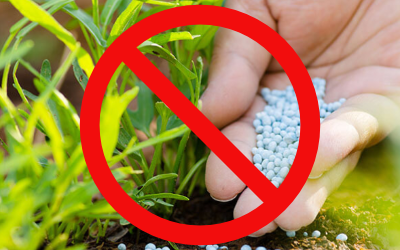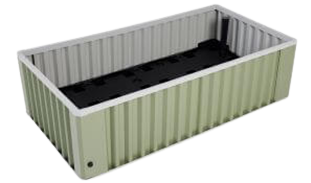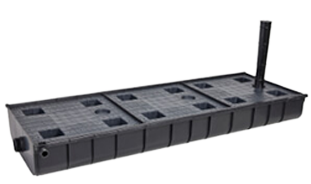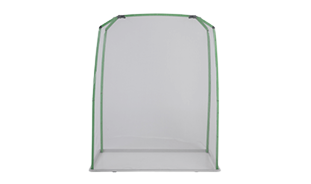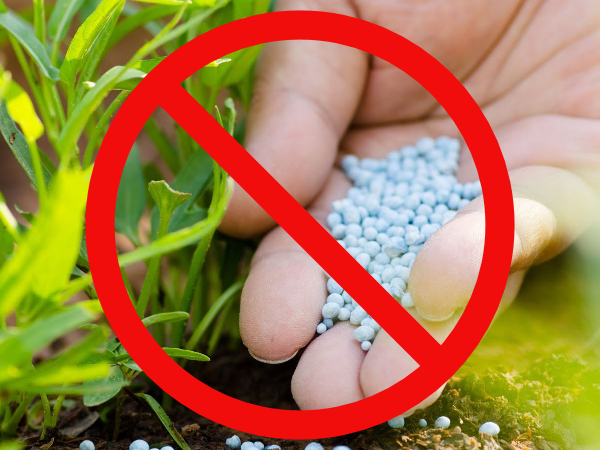
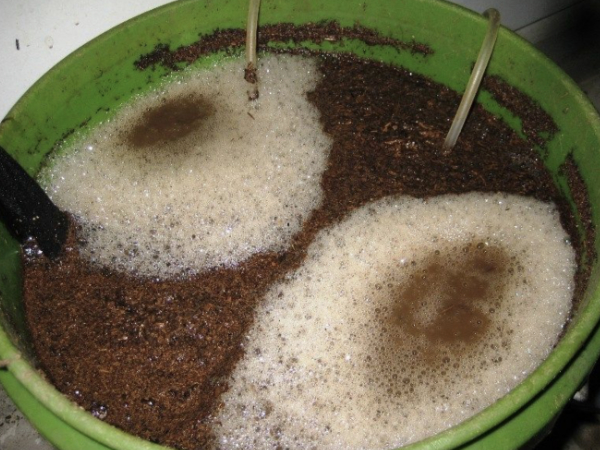
Should I add fertilizer to my WaterUps® wicking bed?
Posted on: 15 December 2018
There are two questions that I am often asked.
- What fertilizer should I add to my wicking bed?; and
- Should I add liquid fertilizer to the water reservoir?
What fertilizer should I add to my wicking bed?
Due to the way that they are constructed, wicking beds are what I would call a ‘closed system’. This means that the nutrients in the soil are not flushed out through the process of watering. In a non-wicking garden bed there is a gradual leaching out of nutrients, and this is exacerbated if you increase the amount of water applied. So, if you see your plants looking a bit poor, often the initial reaction is to water them, and this may just intensify the nutrient loss. What you have to do is keep on adding fertilizer to your non-wicking garden bed to offset this process.
In a wicking bed by comparison there is very little nutrient loss from this leaching process, so if you start with a very healthy soil containing a considerable amount of organic matter/compost, there is generally not the requirement to add a great deal of fertilizer to boost plant growth. In heavy rain there may be some flushing of nutrients, but the advantage of wicking beds is that they collect this rainwater, as opposed to chlorinated tap water, with the overflow pipe providing perfect drainage.
As all gardeners know, however, all plants are different. Some are thirstier than others and some need more food to fruit than others. This is definitely the case with tomatoes, which are high nitrogen consumers.
My rationale for adding any organic fertilizer is based on maintaining soil health, rather than to trying to boost plant growth. I check the soil health in my wicking beds generally every few weeks, when I refill them, to ensure there is sufficient organic matter present. Colin Austin is a good source for further reading on soil health and wicking beds1. While it is difficult to accurately test the microbial action in the soil2, you can get a reasonable idea of your soil’s health by smelling it, testing the PH level and looking for signs of organic matter.
So back to the question of whether to add fertiliser to a wicking bed. For me, there are three rules:
- Definitely fertilize less than in a non-wicking bed;
- Never use inorganic fertilisers. Use organic fertilizers, such as blood & bone, chook poo and compost teas or worm teas, and vary the components to establish a diversity of organic matter. I do this once the plants have fruited, ie. between growing cycles, or if I detect that the soil needs some conditioning;
- Always ensure that there is a good layer of mulch on top of the soil. This will keep the soil from getting too hot, assist moisture retention, add nutrients to the soil over time and help the microbial action of the soil. Again, I suggest that you vary the type of mulch you use – sugar cane, old composted leaves and grass clippings, bark, lucerne, etc.
I don’t tend to add any fertilizer unless I detect a lack of organic matter in the soil. However, worm teas and compost teas, which I add more frequently, are good for maintaining soil health.
Peter Rutherford from the EcoHouse at Kimbriki is a great source for information on composting and worm farming3 and I suggest checking out this link.
Adding a lot of fertilizer is not the way to grow better plants. Excess fertilizer can in fact potentially create a negative outcome as a consequence of the excess soil nutrients.
It is all to do with soil health.
Should I add liquid fertilizer to the water reservoir?
Personally, I don’t think that it is a good idea to add any liquid fertilizer to the water reservoir. When I do add compost tea or worm tea, I alternate between adding it to the soil and as a foliar spray. I do not put it into the water reservoir. My reason for this is that, when you can’t see what is happening in the water reservoir, you don’t know whether the liquid fertilizer fully dilutes into the water or ends up in suspension or sitting on the bottom.

